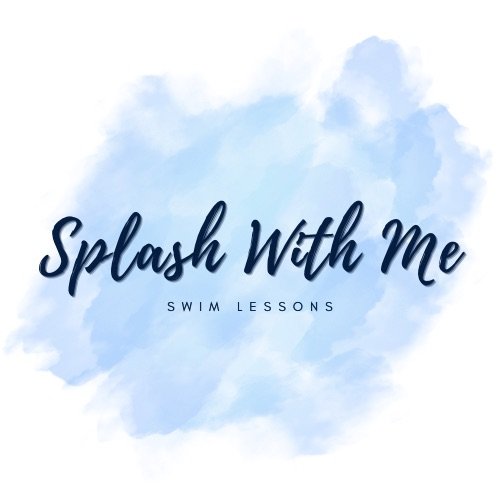Water Safety
Ok parents, let’s get real. Your social media-conscious friends are posting pictures of their kids rolling around on splash pads and the sand… summer is approaching, and it’s time to get ready for the water.
If you’re sitting there wondering how you’re going to get your kid in the pool without them sinking to the bottom like a box of Legos, you’re not alone. You’re a parent. You’re allowed to worry. It’s natural and necessary.
The truth is that swimming is a life skill, and the first step to being comfortable taking your children to the pool is to know some water safety tips. In this blog post, I’ll show you some tips on how to get your kids ready for the pool this summer.
Learn to swim. I feel like this is an obvious one, but it's crucial to take swim lessons. Swimming instructors will teach you and your child water safety techniques along the way.
General Tips
Constant supervision. Lifeguards or not, and no matter how juicy your audiobook is, someone must keep watch. Remember that lessons never take the place of the need for adult supervision.
Know your limits. Never push yourself or your child beyond your swimming ability or comfort level.
Fences and covers. There are plenty of companies that can install a fence around your pool. You can also buy a DIY kit (listed below). Pool Guard LA is one of them. They’re known for going above and beyond to ensure you get the best equipment for your needs.
Avoid alcohol. Avoid drinking alcohol before or during water activities. It can impair your judgment and coordination more than you'd think.
Take breaks. Ever wonder why public pools have safety breaks? It’s not just for lifeguards to have some downtime. Take a breather occasionally, and maybe if you're in LA, indulge in some cold-pressed juice or an organic popsicle.
Be aware of weather conditions. Check weather forecasts before heading out and avoid swimming or boating during storms or high winds.
Learn CPR, first aid, and how to operate an AED. You can take courses locally or brush up on your skills online. Find a course that works with your schedule at A+ CPR or check out Red Cross online classes.
Buddy system. No one should ever swim alone!! I can’t stress this enough. Having a buddy will help prevent accidents.
Techniques I Teach
I want to share some real and not-so-common-sense steps if an emergency were to arise. So let’s all take a moment to learn. Shall we?
Walking on the wall. I teach all of my students how to hold onto the side of the pool and move themselves toward stairs or an exit.
Turn-Arounds. Accidents happen. Someone might not be paying attention to where they're walking and slip into the pool. The quickest way to resolve this is to immediately turn around, grab the wall, and climb back out.
Elbow, Elbow, Knee, Knee. Speaking of climbing out - that is the best way to exit the pool if there are no stairs nearby. It will take some practice but if it's important to remember this technique.
Floating. If you're tired or stuck in the middle of the pool you can float on your back to catch your breath. Learning to float is a huge priority for me as it is the simplest way to ask for help and it's also something that lifeguards look for when scanning the pool. And no, your donut-shaped float from Target won't always save you. It can be hard to climb things like that if you're already struggling.
Exit strategies: Find at least 2 ways to get out of the pool. Show your kids the steps, the ledges, the ladders, or wherever the SAFEST and EASIEST spots are to get out. Pro tip: Have them tell you the spots so you know they know. You know?
Have a family emergency plan. Last but definitely not least, discuss with your family what actions you’ll need to take in case of an emergency. Assign roles. Teach your children how and when to call 911 for help and quiz them to make sure they remember what to do. Include them in planning and drills. Everyone’s plan can be different, but it’s important to always expect the unexpected.


